The Misconceptions About Butter
Butter Vs. Margarine: The Great Debate
Remember the good ol' days? The 90s and 00s were full of memorable moments, from Spice Girls to F.R.I.E.N.D.S, and affordable housing. But there were also some less-than-stellar trends, like the demonisation of butter in favour of margarine. It's time to set the record straight and rediscover the joy of butter while understanding the roles of different fats in our diet.

Historical Context and Industry Influence
In the past, the food industry has influenced the debate between butter and margarine, often promoting margarine as the healthier choice. This was due to its lower saturated fat content and the use of vegetable oils. However, the original manufacturing process of margarine, which involves hydrogenating oils, leads to the formation of mega unhealthy trans fats. Trans fats are viewed as the ultimate baddies amongst all fats, even worse than the naturally occurring fats in butter. SO bad that they're banned in North America. But they aren't banned in the UK yet, hence you'll still find some margarine products with trans fats.

Health Claims and Marketing Tactics
Both butter and margarine producers have made health claims to promote their products. While butter has been marketed as a natural and wholesome choice, margarine has been advertised as a heart-healthy alternative. It's essential to look beyond the marketing hype and understand the nutritional properties of each product.
How Butter Became Demonised
Poor old butter got so demonised in the nineties and it's still suffering from all the bad rap. Its only real fault is being SO DARN DELICIOUS.
The Impact of Fat-Free and Low-Fat Trends
During the fat-free and low-fat craze of the 90s, butter was made to look like the villain due to its high-fat content. This led to an increased consumption of margarine and other alternatives such as vegetable oil-based spreads such as sunflower/olive etc. However, not all fats are created equal, and some fats are necessary for optimal health.
Understanding the Difference Between Good and Bad Fats
It's essential to differentiate between good and bad fats. Saturated fats found in butter can be part of a healthy diet when consumed in moderation, while trans fats in margarine have been linked to negative health effects.
Butter's Benefits
Natural Origin and Ingredients
One of the main reasons to choose butter over margarine is the natural origin of butter. Made from churning cream, butter is a wholesome, unprocessed food.
The Process of Making Butter
Butter is created through the action of churning cream, separating the solid from the buttermilk. Farmers in the past needed to churn their butter by hand, and some farmers still choose to do this. Although there are now industrial-sized machines that do all the hard work.

Why Natural Ingredients Matter
Opting for natural ingredients over processed ones is a great way to make your calories count. This helps ensure you're consuming a higher quality and more nutritious product.
Healthy Saturated Fats
Contrary to widespread belief, consuming butter in moderation can be beneficial for heart health. Butter has healthy saturated fats that can help improve cholesterol levels when consumed in moderation.
The Role of Saturated Fat in Our Diet
Saturated fat plays a vital role in our diet, providing energy, supporting cell function, and aiding in nutrient absorption. It's essential to consume saturated fats from high-quality sources like butter, as part of a balanced diet.
Cholesterol and Heart Health
While it's true that saturated fats can raise LDL (bad) cholesterol, they also raise HDL (good) cholesterol, helping to maintain a healthy balance. Moderation is key when it comes to butter consumption and heart health.
Rich Flavour and Texture
Butter has a natural, creamy flavour that is hard to replicate in margarine. If you're going to consume calorie-dense foods, make them count by indulging in the rich, satisfying taste of butter, rather than a processed substitute.
Culinary Applications and Versatility
Butter can be used in various dishes, from simply spreading on toast to sautéing vegetables and baking delicious treats. Its versatility makes it a valuable addition to any kitchen.
Enhancing the Taste of Various Dishes
Butter can bring out a sweet, caramelised tone in sautéed onions, elevate corn on the cob, and make chocolate ganache rich, lush, and glossy. Its unique flavour profile enhances the taste of many dishes, making it a popular choice for home cooks and professional chefs alike.
Nutrient Density
Butter contains essential nutrients like vitamins A, D, E, and K, as well as conjugated linoleic acid (CLA), which has been linked to numerous health benefits, such as reducing body fat and improving immune function. Margarine, being a highly processed product, lacks many of these naturally occurring nutrients.
Vitamins and Minerals Found in Butter
Butter is a good source of fat-soluble vitamins A, D, E, and K, which are necessary for various bodily functions, including vision, bone health, and blood clotting. These vitamins are better absorbed when consumed with fat, making butter an ideal source.
Conjugated Linoleic Acid (CLA) and Other Health Benefits
CLA, a naturally occurring fatty acid found in butter, has been associated with a range of health benefits, including reducing body fat, improving immune function, and even potentially reducing the risk of certain cancers. By choosing butter over margarine, you can enjoy these additional health benefits.
Choosing the Right Fat for Your Cake
When it comes to selecting the best fat for your recipes, it's essential to consider the specific dish and your personal preferences. Butter, margarine, and plant-based alternatives all have their unique properties that can impact the final product's taste and texture.

Butter in Sponge Cakes
Using butter in sponge cakes adds richness to flavour and results in a tender crumb. Its natural flavour and fat content contribute to a moist and delicious final product.
Margarine in Sponge Cakes
While margarine can also be used in sponge cakes, it's essential to select a high-quality product with a high-fat content to ensure the best results. Margarine can result in a lighter texture but may lack the depth of flavour that butter provides.
Oil in Sponge Cakes
Whilst this blog post is debating Butter vs Margarine, we actually believe oil to be the best fat source in sponge cakes. Vegetable oil is liquid at room temperature and helps keep cakes moist for longer. It's also neutral in flavour and let's the other flavours added to the cake, such as vanilla or cocoa, do the talking. Our Hero Sponge Recipe is oil-based. Now back to butter and marge...
Butter in Buttercream
Real butter is essential for creating a silky, thick, and flavourful buttercream. Its natural taste and texture cannot be matched by margarine, making it the preferred choice for frosting cakes and cupcakes.
Why Real Butter is Essential
Using real butter in buttercream provides a richer taste and creamier texture, elevating the overall quality of your frosting. It also helps to create a more stable buttercream, ensuring that your decorations hold up better.
Creating Silky, Thick, and Flavourful Buttercream
By using real butter, you can create a buttercream with a velvety, smooth consistency that's easy to spread and pipe onto your cakes. The natural flavour of butter also enhances other ingredients, like vanilla or cocoa, resulting in a more satisfying and delicious frosting.
Vegan Alternatives: Plant-Based Butters
For those following a vegan diet or looking for dairy-free alternatives due to allergies or intolerances, margarine might not be the best option as some may still contain animal product or dairy. Enter plant-based butters. It's basically the hipper, newer, trendier margarine WITHOUT any animal-derived ingredients. They are a viable option for both sponge cakes and buttercream frosting. These products aim to replicate the taste and texture of real butter too. Similar to margarine, they are a highly processed alternative to butter, often including artificial additives, such as preservatives, colour and flavourings. Nutrient-wise, they tend to be lower in cholesterol in comparison to butter, but they are just as calorie-dense and lack the additional nutrients that butter has...just like margarine.

Challenges of Vegan Baking
Vegan baking can present unique challenges, as it requires substituting traditional baking ingredients like eggs and dairy. Plant-based butters can help to achieve a similar taste and texture in your baked goods, making it easier to create delicious vegan treats.
Successful Vegan Sponge Cakes and Buttercream
By carefully selecting high-quality plant-based butters and understanding their unique properties, you can create successful vegan sponge cakes and buttercream frosting that rivals their traditional counterparts in taste and texture. Do make sure to check for allergens as plant-based butter alternatives may contain nuts and soya (where butter's sole allergen is dairy). Try our Vegan Hero Sponge recipe that's oil-based!
Embracing Moderation and Balance
Ultimately, the key to enjoying both butter and margarine is moderation and balance. By understanding the role of fats in our diet and making informed choices, we can enjoy the delicious taste and health benefits of butter without guilt.
Making Calories Count
When it comes to consuming fats, it's essential to focus on quality over quantity. Opt for natural, unprocessed options like butter, and enjoy them in moderation as part of a balanced diet.
Understanding the Role of Fats in Our Diet
Fats play a crucial role in our overall health, providing energy, supporting cell function, and aiding in nutrient absorption. By dispelling myths and misconceptions about fats, we can better appreciate the benefits of healthy fats like butter.
Letting Go of Outdated Fears and Misconceptions
It's time to move beyond the fat-free and low-fat trends of the past and reclaim the joy of eating butter. By embracing moderation and balance, we can enjoy the rich, satisfying taste of butter without guilt or fear.
Moving Beyond Fat-Free and Low-Fat Trends
The fear of fat plaguing us for years is outdated. The fat-free and low-fat trends of the past, under-pinning much of toxic diet cultures, may have seemed like a good idea at the time. But they were based on incomplete and flawed research. We now know that healthy fats, like those found in butter, are an essential part of a balanced diet. Instead of focusing on cutting out fat, we should be prioritising the quality of the fat we consume.
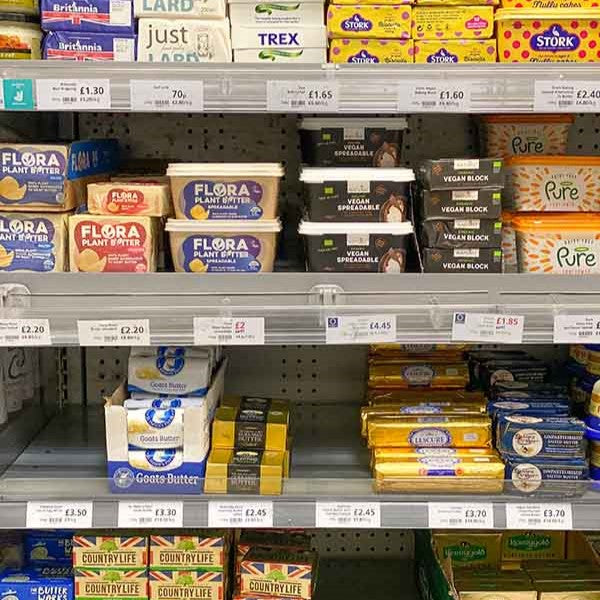



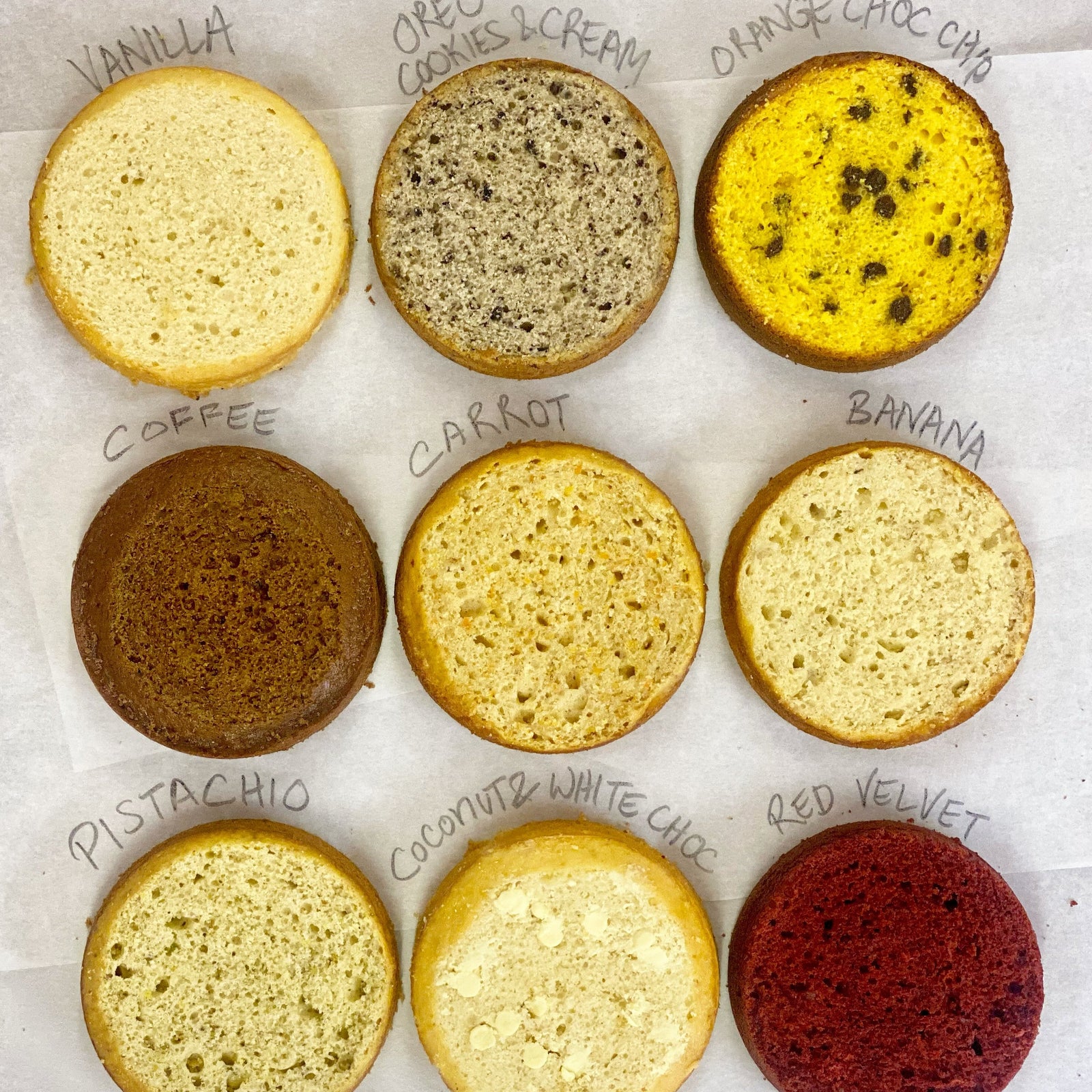
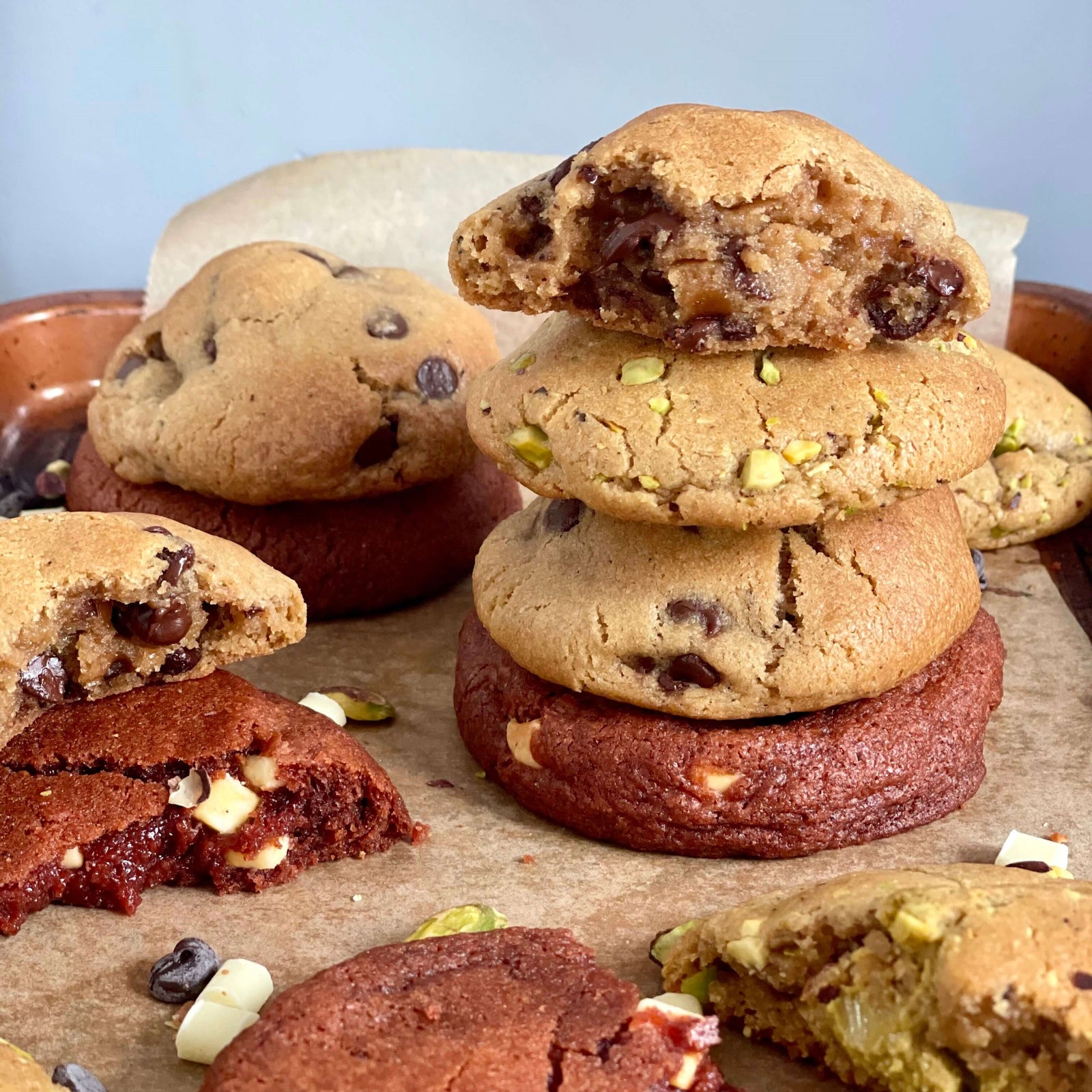
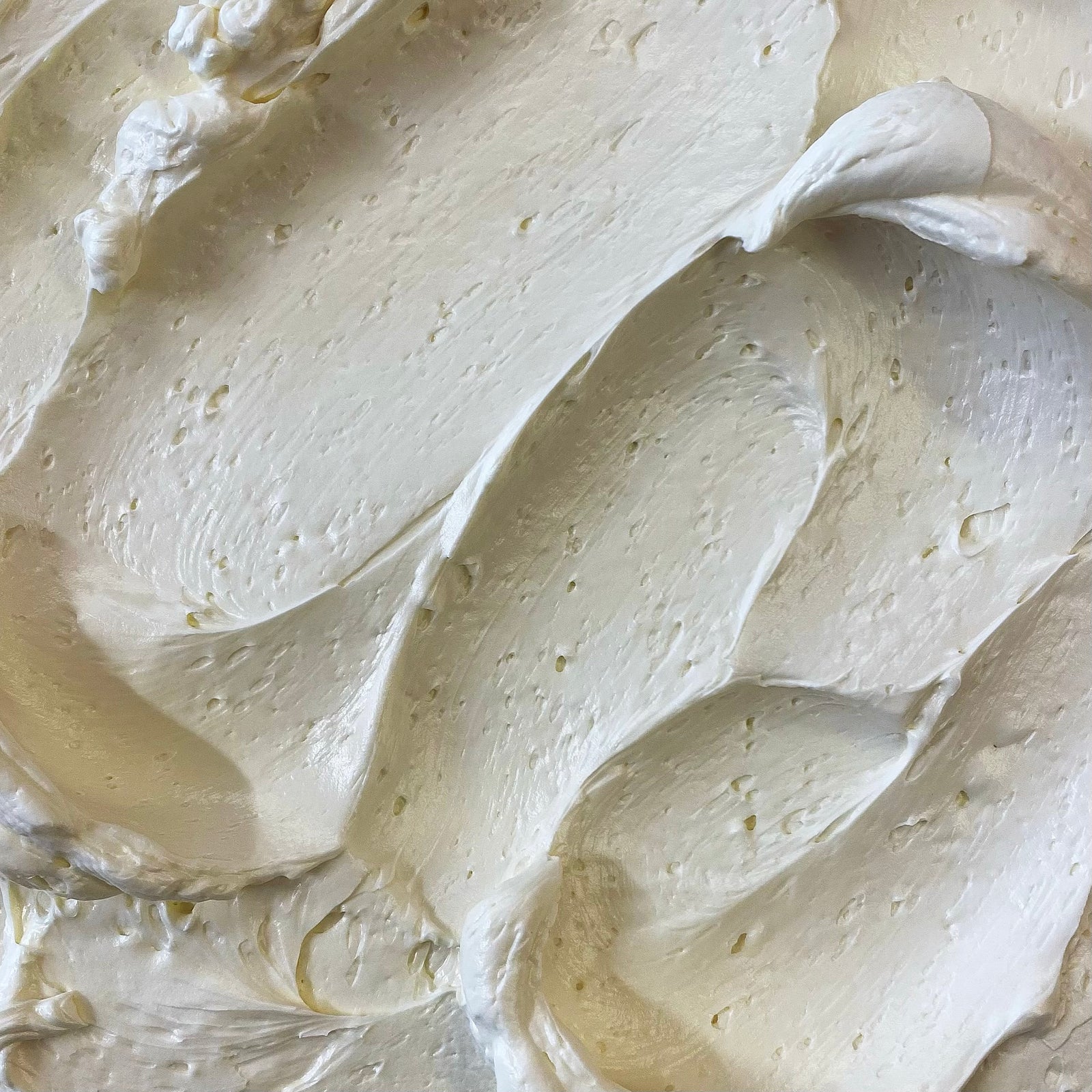

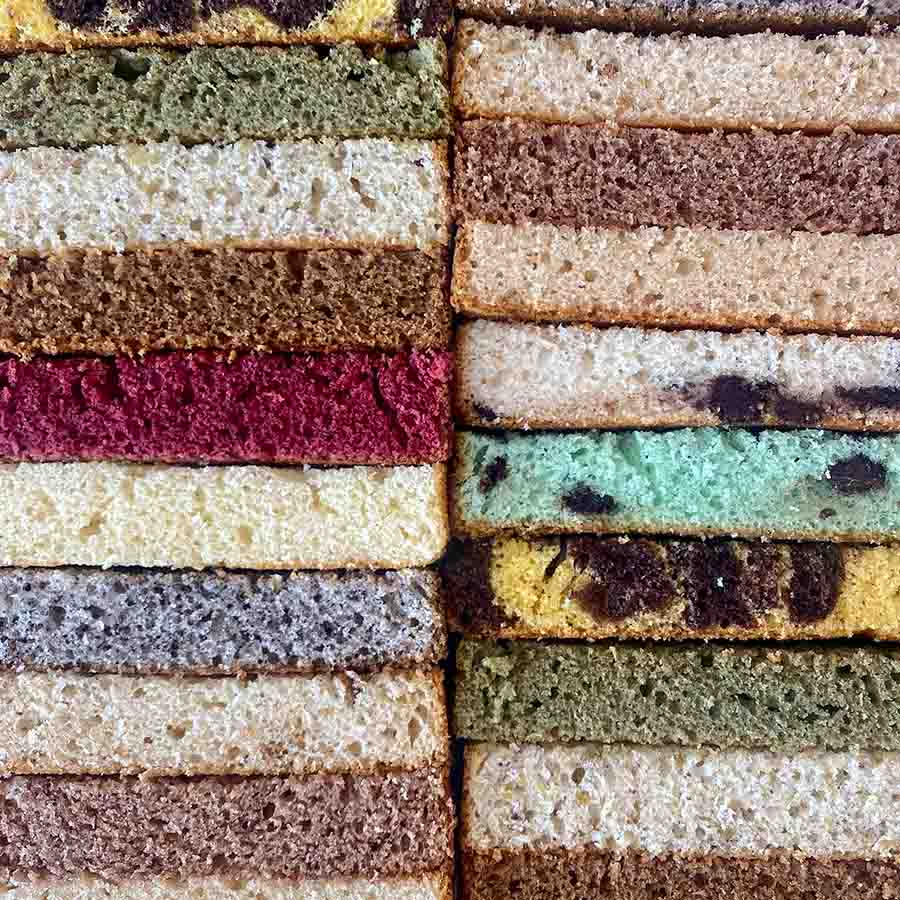
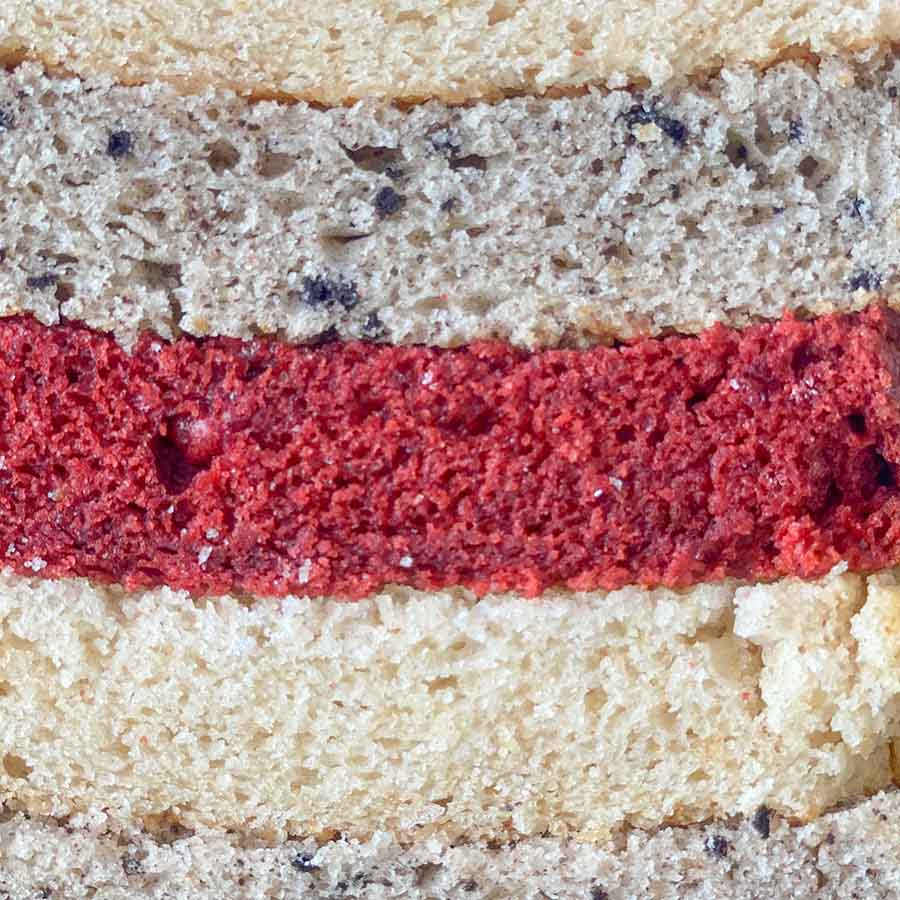
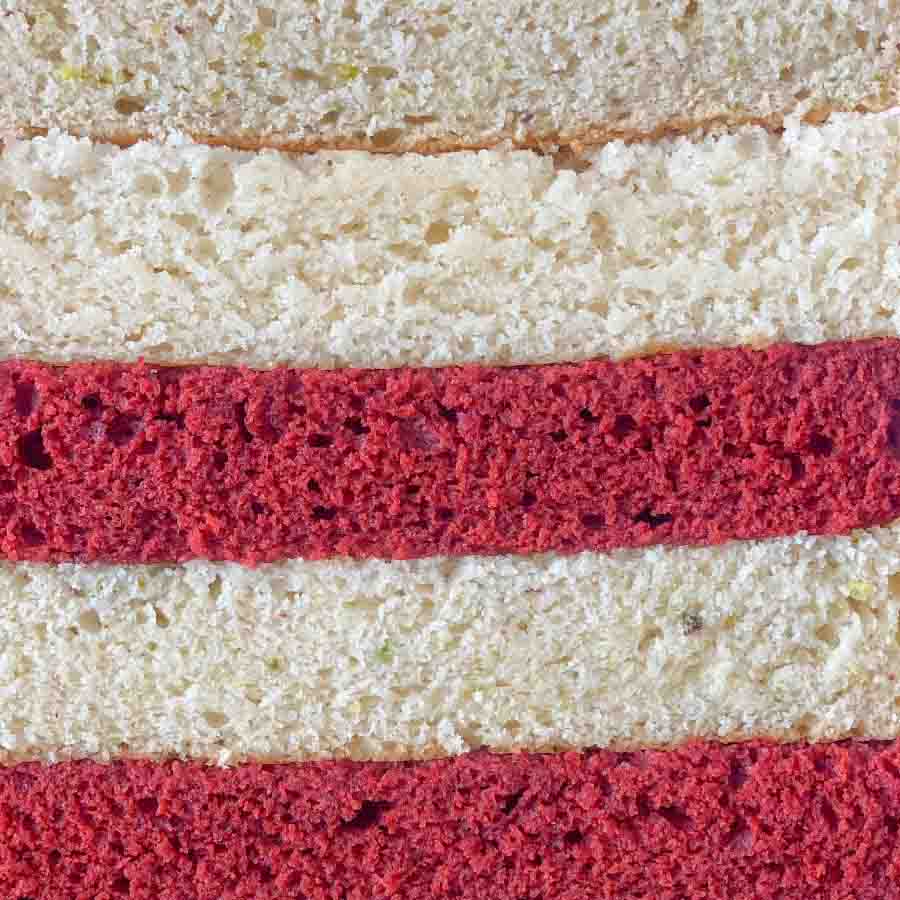
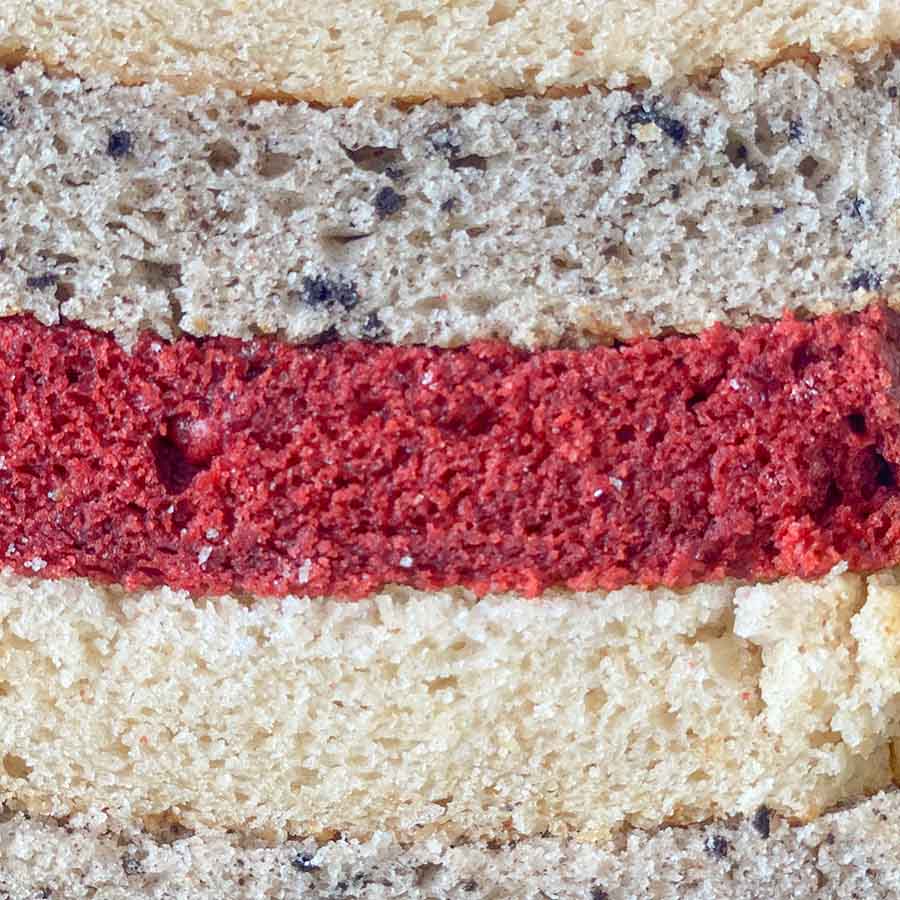
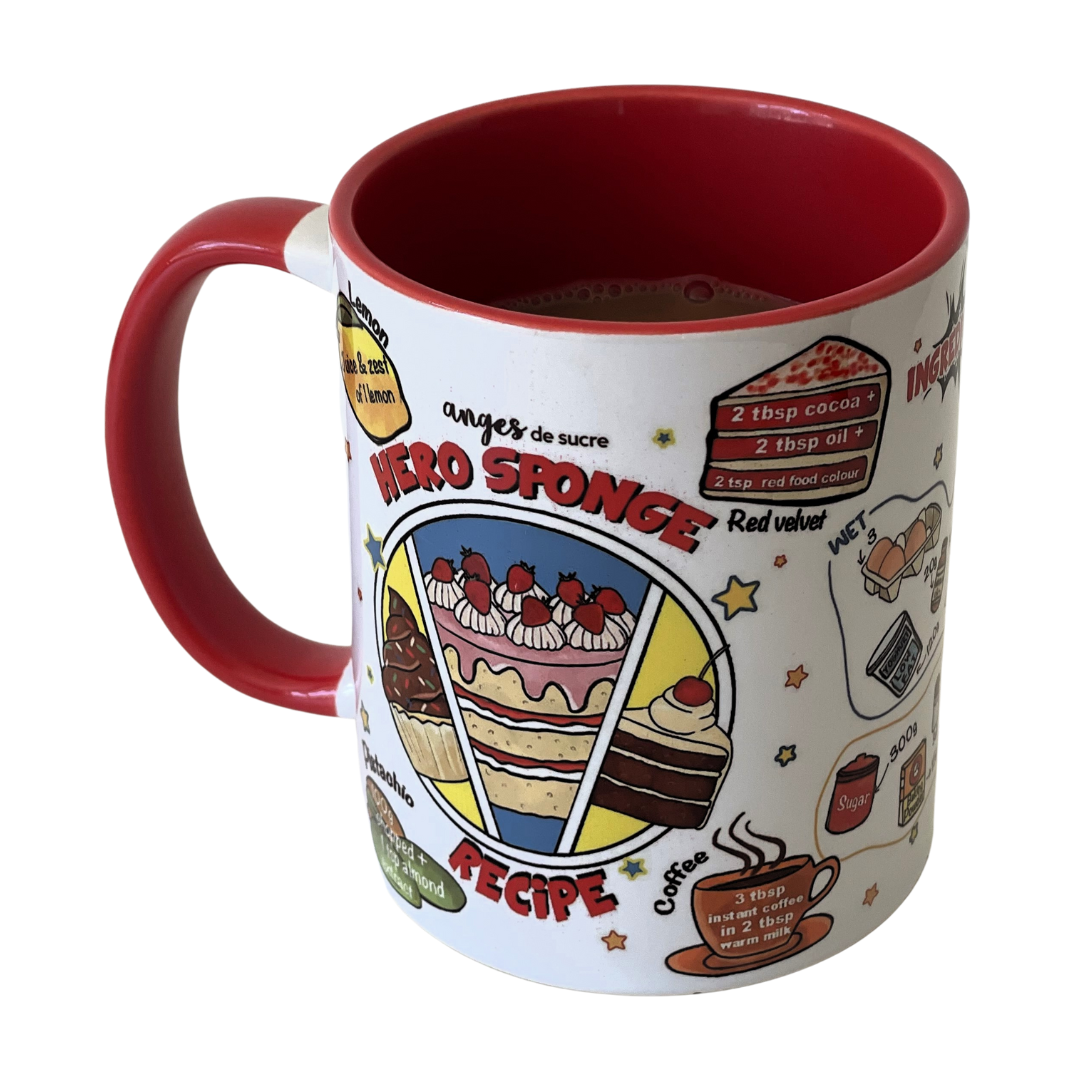
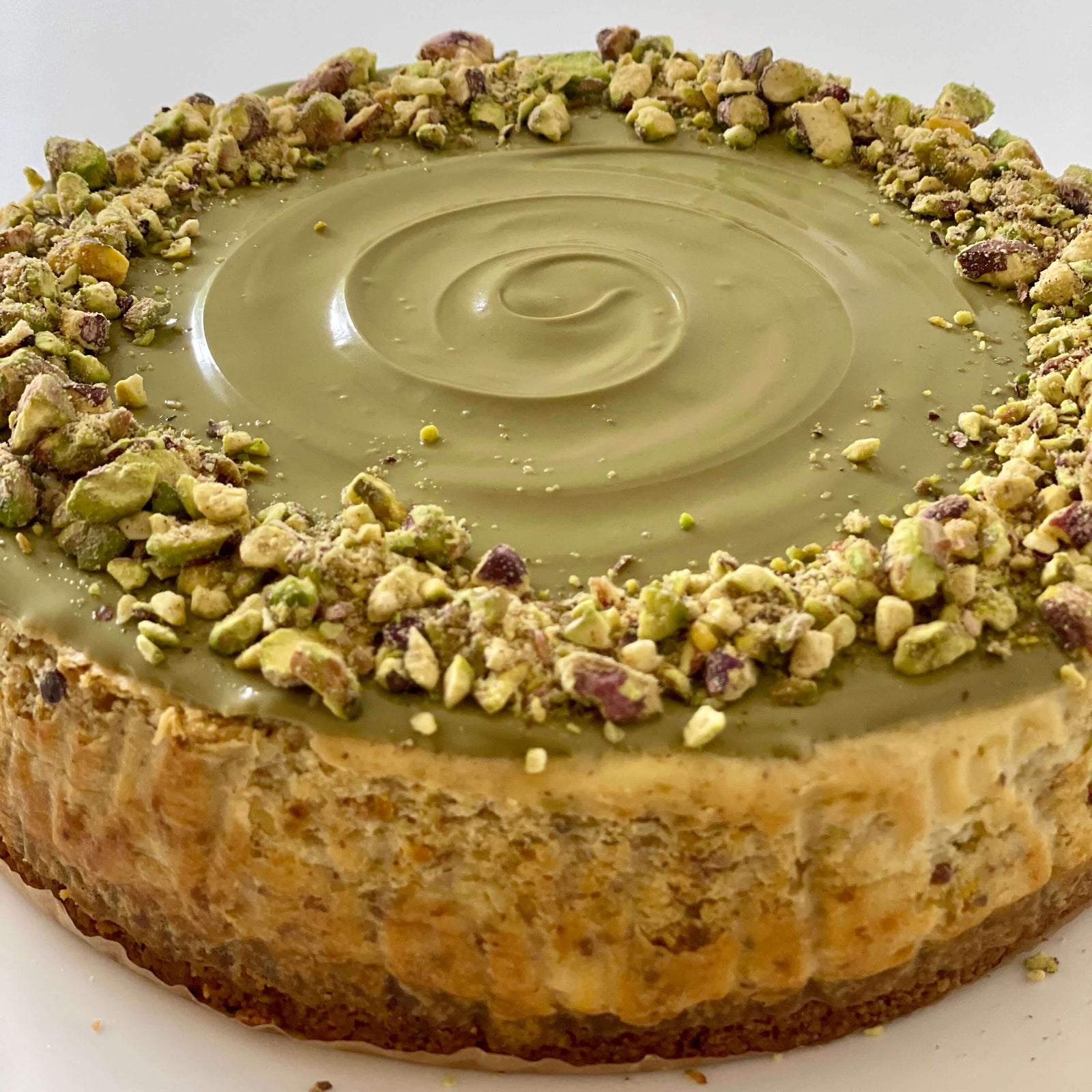
Leave a comment (all fields required)